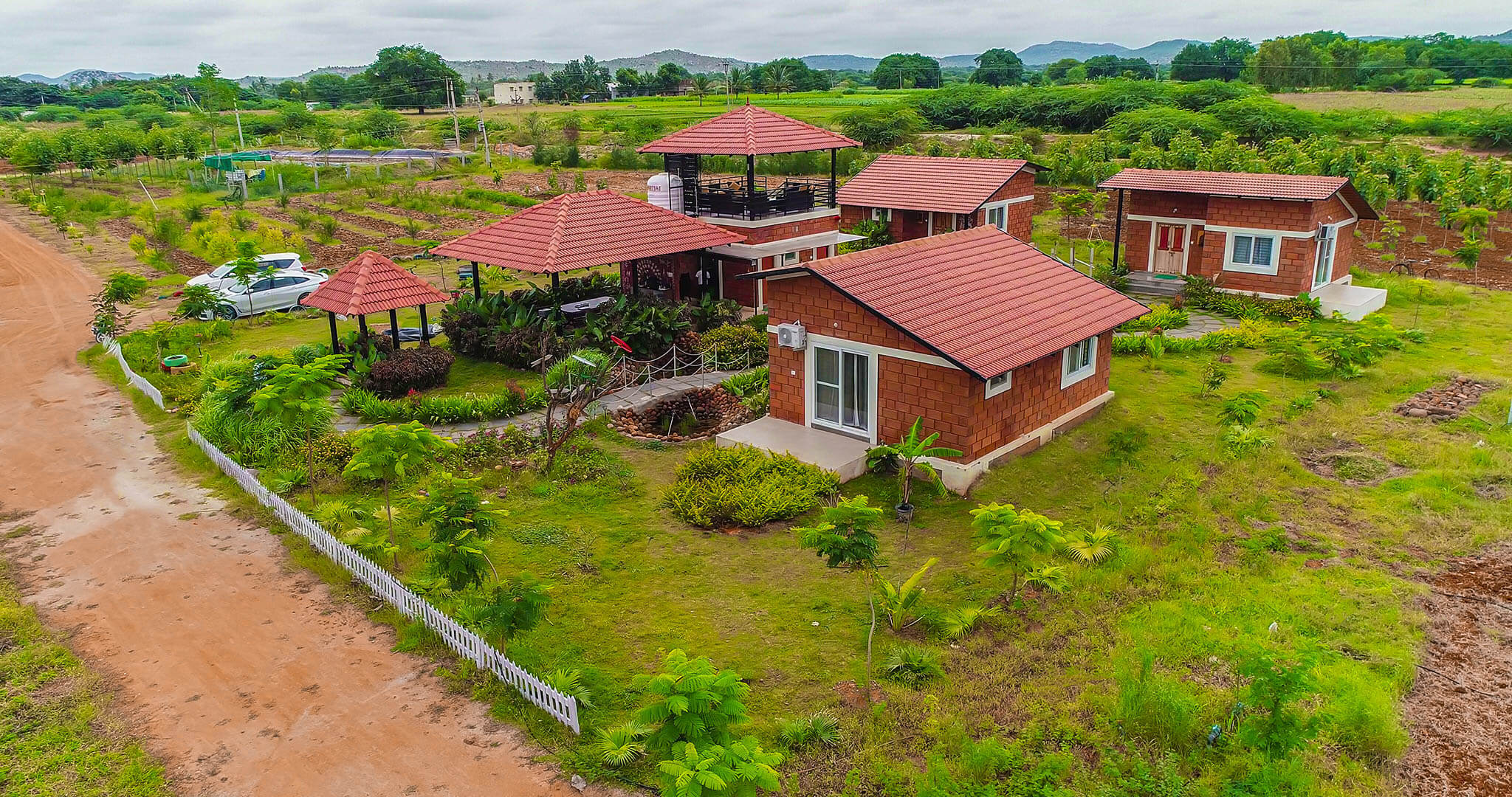In times of a rapidly expanding population, low interest rates, inflation and murky equity markets, investors are searching for assets that will grow in value, produce a regular income, and retain value in the event of a crash. Essentially we need a safe haven for our cash and that is leading many investors towards the farm land near bangalore sector as 75 million new mouths to feed every year and a changing diet in developing economies supports the theory that agribusiness will do well in the mid to long term.
There are a number of options open for investors choosing this sector, from agricultural investment funds, ETFs, direct investment into agribusiness companies, or trading soft-commodities such as wheat. My problem here lies in the fact that these investment strategies do not tick all of our boxes. Funds incur management fees, and over the lifetime of a mutual fund, investors lose 80% of their gain to management fees, commodities can be volatile in the short term, and investing into agribusiness companies does provide any level of non-correlation.
So what is the alternative? More and more canny investors, both private and institutional, are snapping up what little good quality agricultural land is left in the hope that as time passes, and the population continues to grow, the land we have will become more valuable in the face of a higher demand for food. We also know that well tilled land will produce an income every year from the growth and sale of crops, replacing the lost risk-free income we no longer achieve from holding cash. Of course, if someone somewhere finds an alternative to food then the value of farmland will fall, but I think we can all agree that we will all have to eat at some point and therefore arable land retains value even in the worst of circumstances.
So how does the small investor source a piece of agricultural land large enough to farm commercially? And how do we reduce general agricultural risk such as exposure to poor weather, commodity prices and quality farm management? There are opportunities for the smaller investor to take part in large farmland investment transactions, either pooling capital with other investors in order to purchase better and larger land parcels, and other very interesting structured vehicles allowing the small investor to purchase a small piece of a much larger, commercially managed farm, with the farmer shouldering the general agricultural risk and paying the land owning investor a fixed annual income. This methodology, provides the farmer with much needed liquid capital to expand operations and invest in the his business, whilst providing the investor with risk-managed exposure to high-yielding farmland, consistent income, principle protection and capital growth.

